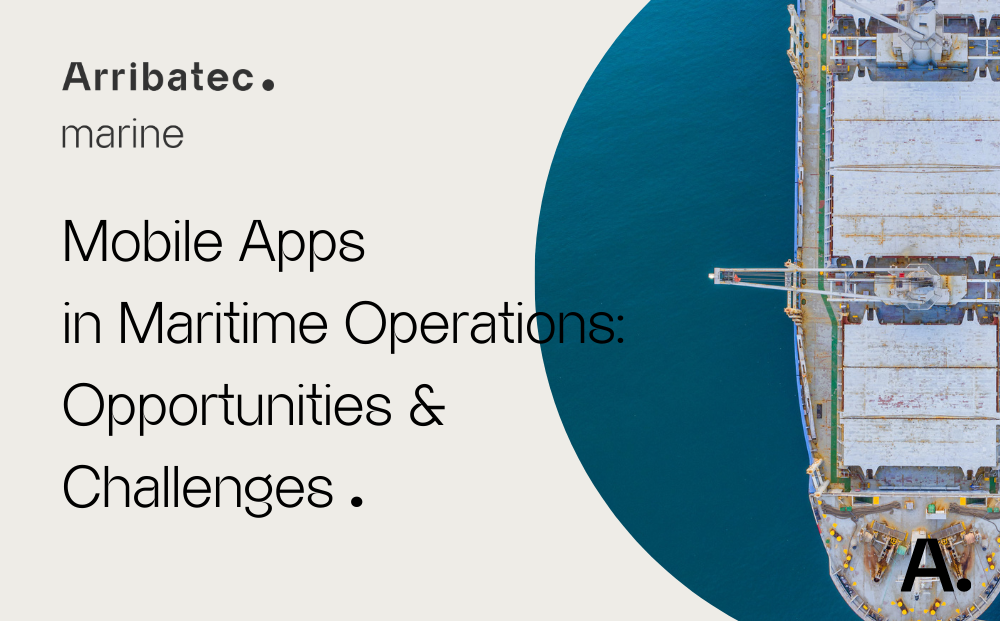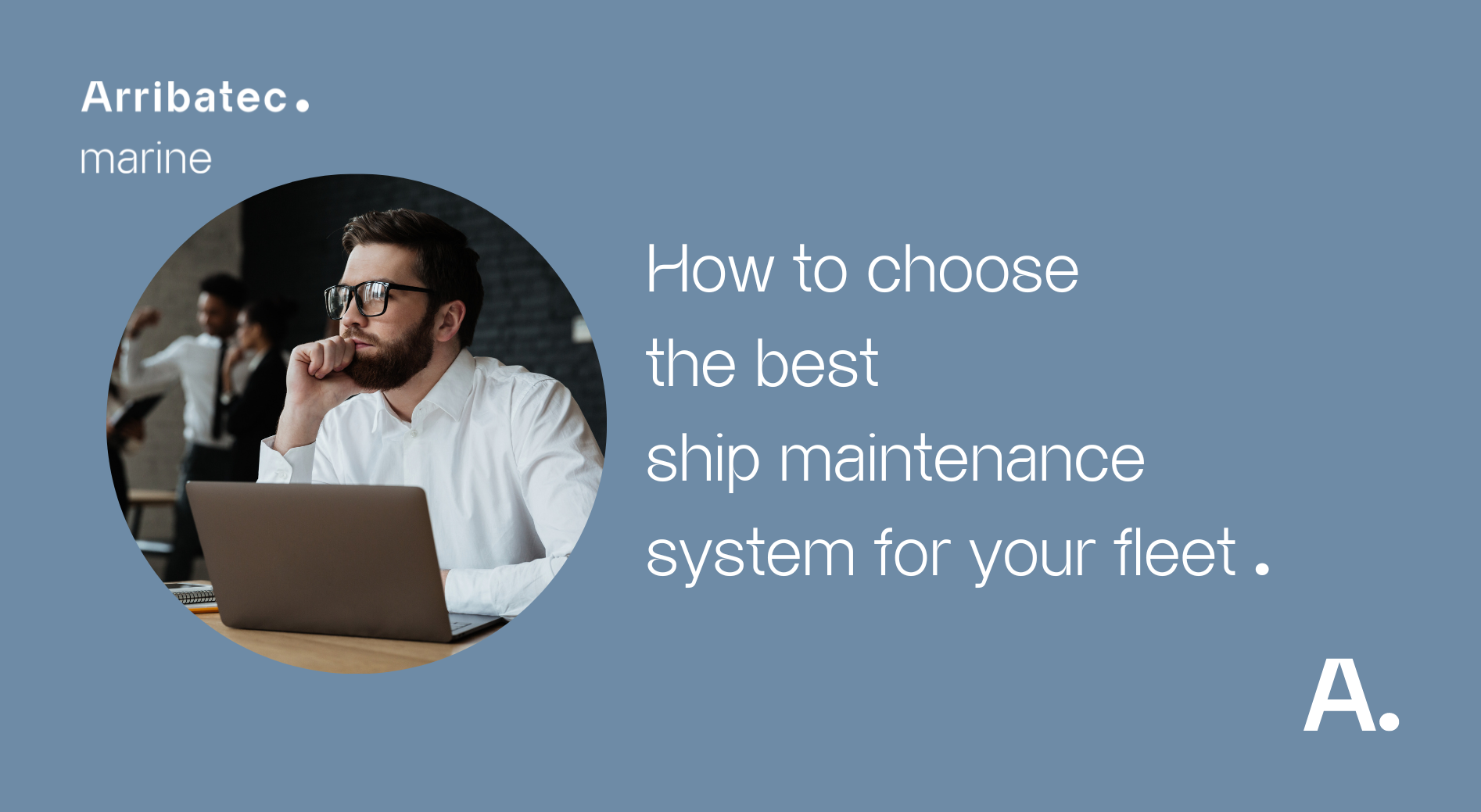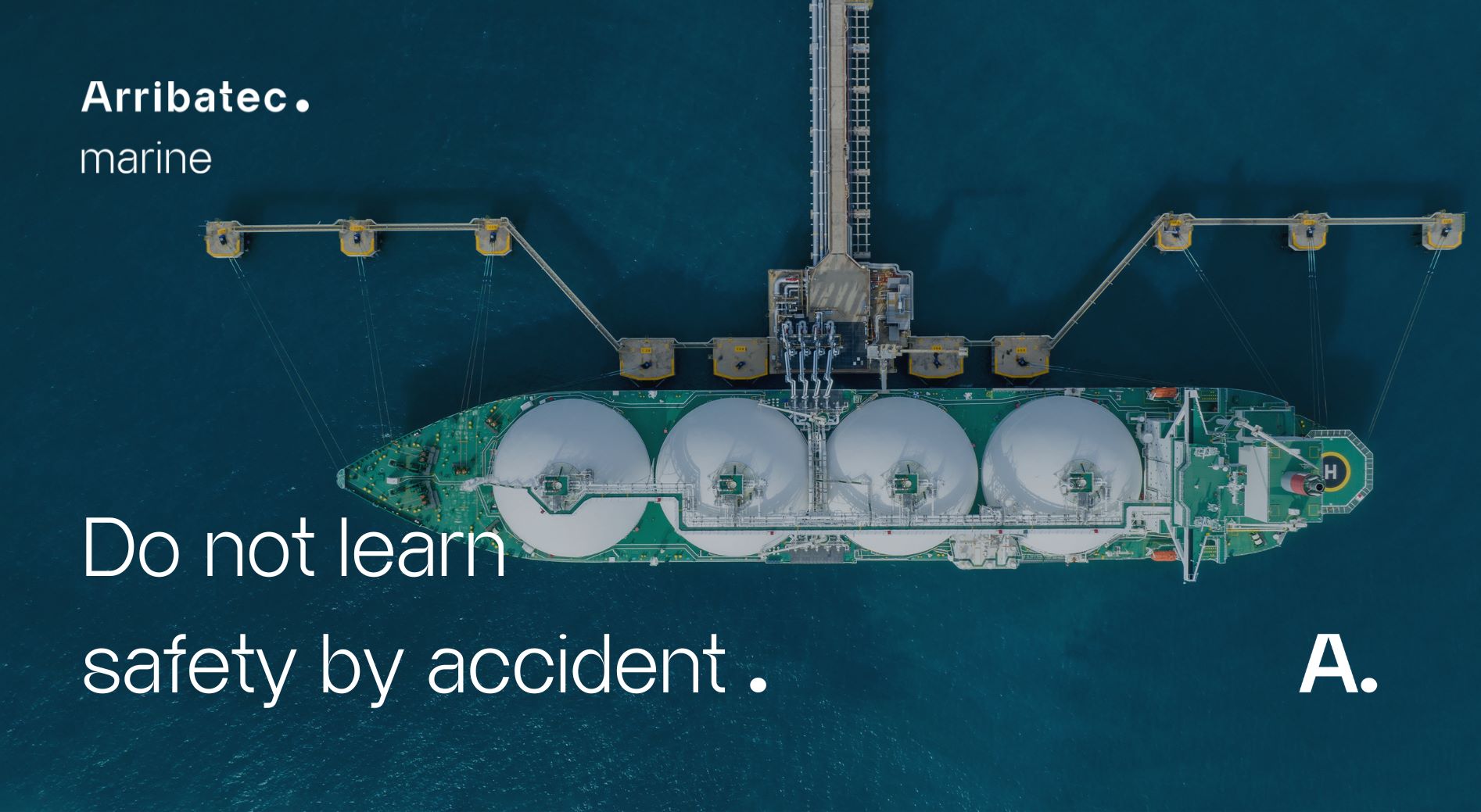Ship Management Software Installation essentials in a nutshell
Ship management software implementation approach is a crucial and delicate consideration whether you’re replacing an existing system or starting from scratch. This process represents a substantial financial investment and a dedicated effort to enhance internal operations.
Often, the critical mistake lies in overemphasizing or focusing all the effort just on the software implementation phase, neglecting the preparatory groundwork. In truth, it’s during this initial stage that we lay the foundations for project success when it comes to ship management software. Failing to allocate the necessary attention to this preparation stage can jeopardize the project’s successful outcome and potentially trigger resistance from your staff in embracing the change.
We want to share a brief guide to follow during the strategic process of adopting a new ship management software.
Step 1 – Preliminary Analysis: the preparatory groundwork
During this phase, the company undergoes a rigorous self-assessment. It analyses the organisational needs of the company and compares them with internal growth or improvement objectives. At this juncture, the company forms a dedicated team to lead the project, carefully involving all company departments to ensure a comprehensive approach to the process. It’s important to understand that the decision to implement a new ship management system involves the entire company. Therefore, it’s crucial to consider the impact this change might have on the staff (how they might react and how to effectively communicate the benefits of this innovation).
Step 2 – Selection: evaluation and choosing a supplier
Reputation, functionality, and expertise should be the guiding principles for selecting the ideal supplier. However, the solution’s price is a factor to consider, but as industry professionals know well, neither the most expensive nor the cheapest solution necessarily guarantees the desired quality. That’s why creating clear and concise Request for Proposals (RFPs), possibly based on use case, is fundamental to obtaining an accurate and realistic proposal for what you are seeking. Additionally, establishing evaluation criteria helps you focus not only on cost but also on overall quality.
Step 3 – Practical Implementation: bringing ideas to life
Now it’s time to turn all the ideas, analyses, and plans prepared in the initial phases into reality. This means translating the envisioned requirements, customisations, and integrations into tangible actions and software configurations. It’s the phase where the ship management software is installed and configured to align with the specific needs of your company.
Step 4 - Reflective Phase: training and change management
During this phase, it’s crucial to analyse potential internal obstacles that could hinder the proper adoption of the new system.
These obstacles might stem from entrenched work habits or a perception of complexity related to the new ship management software. Identifying these factors is the first step in addressing them proactively.
This step is fundamental in preparing an adequate training program. The goal is to ensure a smooth transition and effective staff engagement.

Step 5 - Go-Live and Post-Implementation Support: ensuring smooth operations
The success of a ship management software is assessed over time. Trust is built if the new provider demonstrates efficiency during implementation and continues to offer quality support after the system’s launch. However, it’s essential to emphasize the importance of ongoing monitoring and quality controls to identify and resolve any issues promptly.
The go-live phase and post-implementation support represent the period where the ship management software’s value becomes evident in the operational context. Maintaining a high-quality service during this phase is crucial for the system’s long-term success and solidifying the company’s trust in the provider.
Every maritime company is a universe of its own; a unique reality from which continually evolving needs and expectations arise. A management software must be able to adapt to these changing demands, and it relies on the expertise of the maritime company to identify the ideal system and the perfect partner.
It’s a bit like a marriage.
If you desire further advice or wish to explore how Infoship could be a valuable ally for your company, please don’t hesitate to contact us!
Suggestion for an interesting video: How to make maritime software project work





